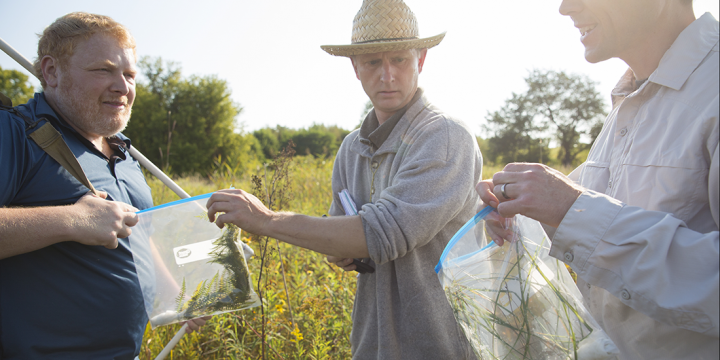Project Number:
WR17R001
Other Project Number:
2018WI372B
Funding Year:
2018
Contract Period:
Funding Source:
UWS, USGS
Investigator(s) and affiliations:
Abstract:
Background/Need: Calcareous fens (referred hereafter as ‘fens’) are unique and often isolated ecosystems of high conservation value in Wisconsin because they provide habitat for many rare plant and animal species. Their identity is strongly linked to a dependence on a consistent discharge of groundwater that saturates the surface for most of the growing season. Thus, they are particularly susceptible to decreases in groundwater inputs from activities such as nearby pumping. Fen identification and monitoring has traditionally relied upon expert plant taxonomic knowledge and ground-based field work, which can be costly, time-consuming, and limited in temporal and spatial extent. In contrast, remote sensing can be used to identify, monitor, and map plant characteristics across a large spatial extent in a repeatable and consistent manner. In particular, the field of imaging spectroscopy using hyperspectral sensors has matured to the point where biophysical traits relevant to identifying specific plant community types and monitoring ecosystem quality can be readily quantified.
Objectives: The overall goal of this research was to develop a framework for identifying and monitoring groundwater-dependent fen ecosystems using biophysically-relevant spectral characteristics obtained using airborne imaging spectroscopy so that ecosystem impacts of reduced groundwater inputs can be quantified and mapped. The main objective was to link floristic quality and other site variables of groundwater-dependent calcareous fens to spectrometry of fen foliage, so that these traits can be determined remotely and mapped across large areas.

